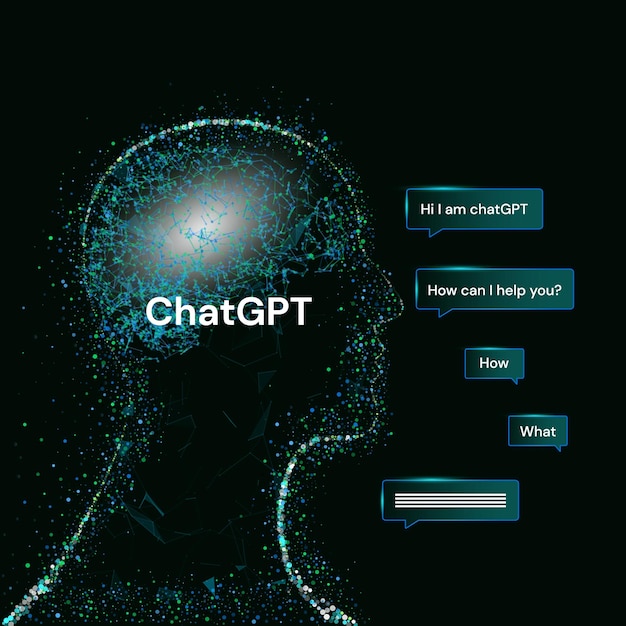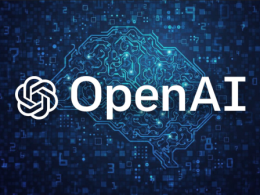Revolutionizing Language Models: The New Transformer Architecture
Introduction
Welcome to an insightful journey into the world of AI, guided by Fred wilson, a seasoned AI researcher with over a decade of experience in machine learning and natural language processing. Today, he shares her insights on the new Transformer architecture that’s revolutionizing language models.
Understanding Language Models
Language models are a type of statistical model that predict the likelihood of a sequence of words. They’re fundamental to many applications, from search engines to voice assistants. By predicting the likelihood of a word given its context in a sentence, language models enable machines to understand and generate human-like text. They’re the driving force behind advancements in natural language processing (NLP), a subfield of AI that focuses on the interaction between computers and humans through natural language.
The Advent of Transformer Architecture
The Transformer architecture was introduced in the paper “Attention is All You Need” by Vaswani et al. It brought about a paradigm shift in the way we approach language models. Unlike previous models that used recurrence and convolutions, the Transformer architecture leverages attention mechanisms. These mechanisms allow the model to focus on different parts of the input sequence when producing an output, leading to significant improvements in tasks like machine translation and text summarization.
Key Features of the Transformer Architecture
The Transformer architecture stands out due to its unique features. It does away with recurrence and convolutions, relying entirely on self-attention mechanisms. This allows the model to focus on different parts of the input sequence, improving its ability to handle long-range dependencies. The Transformer architecture also introduces positional encoding, a method of representing the position of words in a sentence. This maintains the order of words, which is crucial for understanding the meaning of a sentence.

Transformer vs. Traditional Models
Compared to traditional models like Recurrent Neural Networks (RNNs) and Long Short-Term Memory (LSTM) networks, Transformer models handle long-range dependencies better. This is because they can focus on any part of the input sequence, regardless of its distance from the output. Transformer models are also more parallelizable, which means they can process all the words in a sentence at the same time, leading to faster training times. However, they can be more computationally intensive and require careful optimization to prevent overfitting.
Practical Applications of Transformer Models
Transformer models have found numerous applications in various fields. For instance, OpenAI’s GPT-3, a Transformer-based model, can generate human-like text that’s almost indistinguishable from text written by a human. Google’s BERT, another Transformer-based model, can answer complex questions and is used in Google Search. Transformer models are also used in real-time translation services, content creation tools, and even in generating code.
The Future of Language Models with Transformer Architecture
With continuous advancements, the Transformer architecture promises to push the boundaries of what’s possible with language models. We’re already seeing more interactive and intelligent chatbots, sophisticated AI writing assistants, and more accurate translation services. As research continues, we can expect to see even more innovative applications in the near future.
Table: Comparing Transformer and Traditional Models
| Feature | Transformer Model | Traditional Model |
|---|---|---|
| Recurrence | No | Yes |
| Convolution | No | Yes |
| Self-Attention | Yes | No |
| Positional Encoding | Yes | No |
| Parallelizable | Yes | No |
Conclusion
The Transformer architecture is indeed revolutionizing language models, opening up new possibilities in AI research. As we continue to explore this exciting field, who knows what other breakthroughs await us? Stay tuned for more updates in this rapidly evolving domain.









